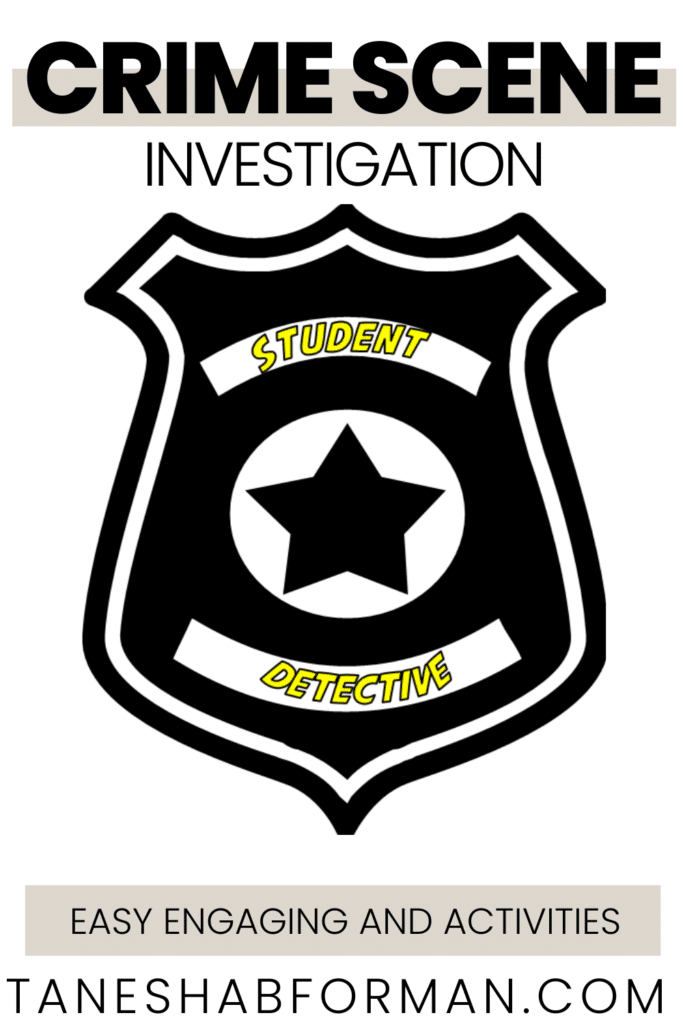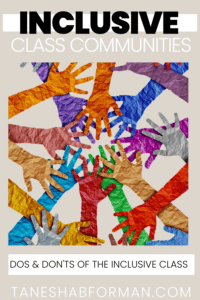

How I turned my classroom into a crime scene
The Crime Scene Investigation lesson set the stage for students to utilize a number of skills such as sequencing, inferring, speaking and listening, and teamwork. I broke the unit into three sections: skill builders, mini-cases, and “the big case”.
Skill Builders – In order to set my students up for success, I created 5 different mini lessons to prepare for the case they would solve. They learned about:
- Fingerprinting
- Handwriting Analysis
- Footprints
- Tracking and Collecting Evidence
- Interrogating and Interviewing
* I purposefully left out anything with blood and DNA because of the nature of my students’ experiences and my limited background knowledge.
Mini-Cases – My students lost their minds over these! Mini-cases gave students the opportunity to practice the skill builders before I assigned “The Big Case”. Each student was given a clue (or two) and they had to work together (as a class) to create a timeline and develop theories about what happened.
The Big Case – All of the skills students learned helped them to solve “The Case of the Missing Mascot.” We transformed our principal’s office into a crime scene where students assigned stations to evaluate in small groups. After the investigation, we convened in our classroom where each group presented the information they gathered with the rest of the class to solve the case.
Extras – As I previously mentioned, the CSI lesson was meant to expose students to a professional field, so I pulled out all of the stops to make the most genuine experience possible. These are not integral to the lesson and are truly bonuses to help get students into the CSI mindframe:
- Badges – Each student had a personalized officer badge to wear during the investigations.
- Booklet – Students had individualized booklets to track notes and learnings.
- Nametags – To hook my students on the first day, I created name tags for their desk with their names scrambled.

PIN FOR LATER!
JOIN THE COLLECTIVE
Sign up and access the FREE resources to support your Anti-Bias/Anti-Racism journey.

Tanesha B. Forman
I'm a current middle school administrator who loves breaking down complex topics and providing opportunities for educators learn, reflect, practice, and implement methods that foster equity and anti-racism. I believe we win together!
Behind the Blog


Hi, I'm Tanesha.
I’m a current middle school administrator who loves breaking down complex topics and providing opportunities for educators learn, reflect, practice, and implement methods that foster equity and anti-racism. I believe we win together!














